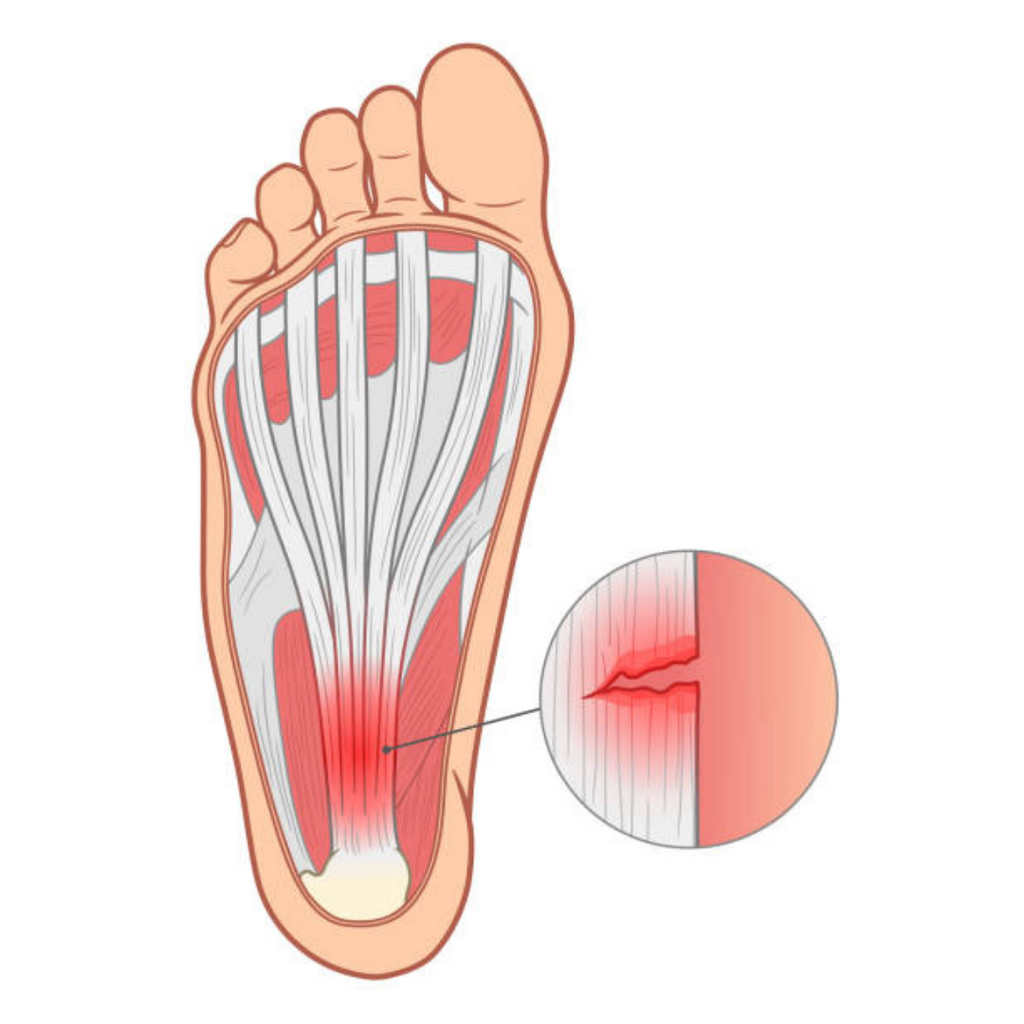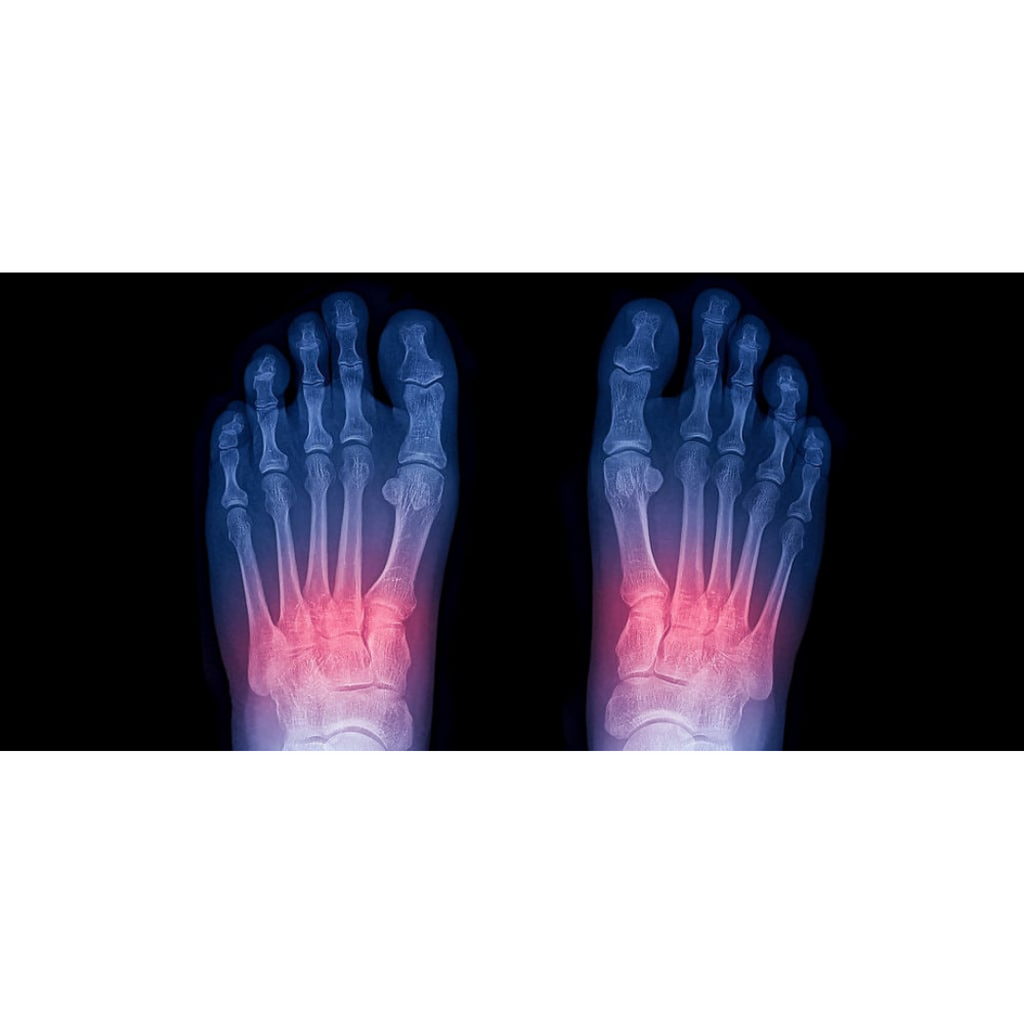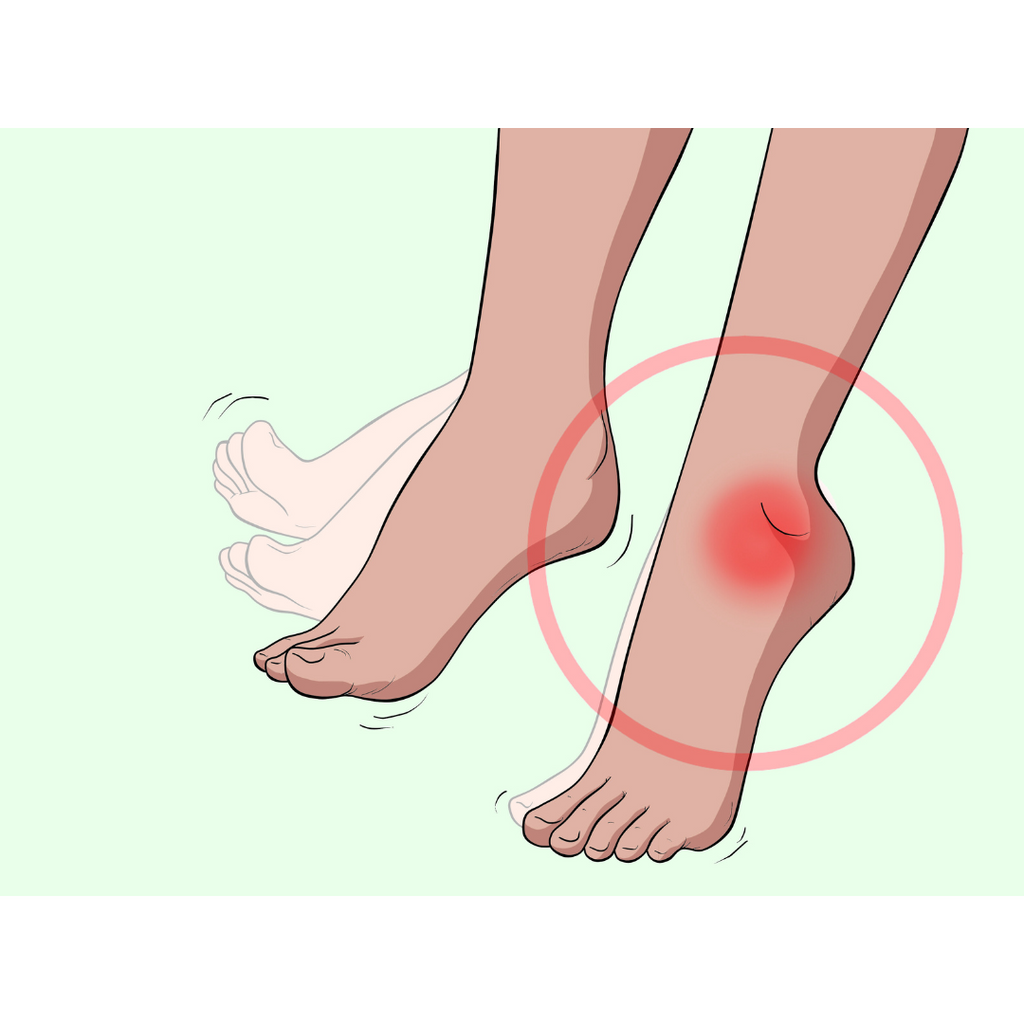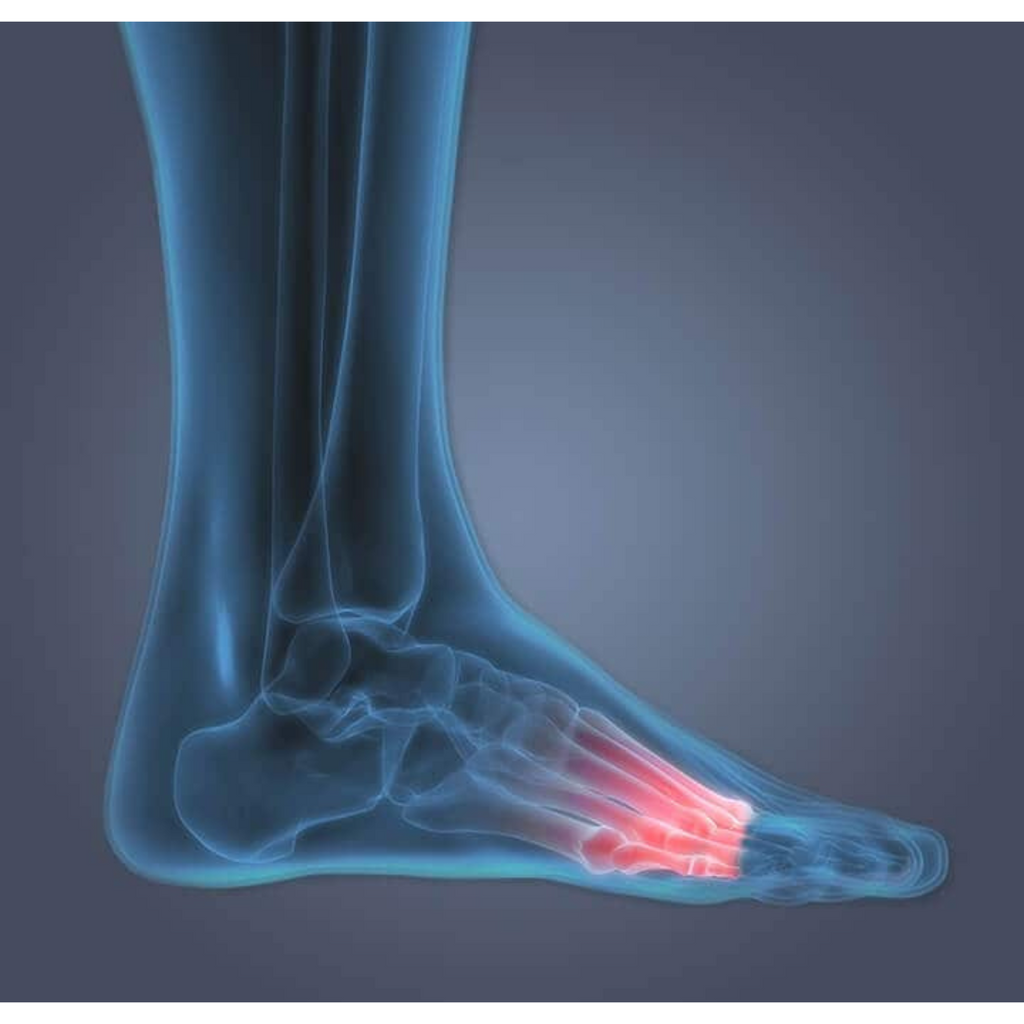If the pain in plantar fasciitis interferes with your daily routine, it is time to seek treatment. Millions of people in the UK suffer from this common condition affecting the arch of the foot.
In many cases, taking the right steps at the right time can alleviate the pain (sooner rather than later). Continue reading to learn about the best plantar fasciitis treatments that have been proven to work.
Note: If you are unsure whether you have this condition, you should first read about the symptoms and causes of plantar fasciitis.
What is Plantar Fasciitis?
Plantar fasciitis is a painful foot condition affecting the sole of the foot, specifically the heel and arch.
It is caused by damage to the connective tissue network that supports the foot's longitudinal arch, which can occur for a variety of reasons.
Obesity, a tight Achilles tendon, inappropriate footwear, overexertion, and a variety of other factors can all result in micro tears in the planta fascia, resulting in heel and arch pain in one or both feet.
The pain is often incapacitating, especially after a period of rest or when starting the day, but there is a wide range of plantar fasciitis treatments that should be investigated as soon as possible.
Wear Supportive Insoles
Most footwear isn't ideal for plantar fasciitis, and they're not designed to alleviate the condition.
If your work shoes or trainers are uncomfortable or painful to wear, insert a pair of supportive plantar fasciitis insoles to help distribute weight evenly throughout the feet.
A well-designed pair of plantar fasciitis insoles will help to relieve symptoms in several ways: it will absorb shocks on the heel when you're active, it will stabilize the arch to reduce harmful movements, and it will be the right shape and size to match the natural contours of your feet.
Use Off-the-Shelf Orthotics
In the context of plantar fasciitis, off-the-shelf orthotics are medical devices such as insoles, heel cups, and heel inserts that can be purchased from online and offline retailers such as pharmacies and sports stores.
Many off-the-shelf orthotics for plantar fasciitis are products that specifically target the heel of the foot. They are intended to reduce shock and impact on the heel while increasing comfort.
These orthotics are generally compact and easily fit within any type of footwear, making them more appropriate for everyday use and sporting activities.
Use Custom Orthotics
Custom orthotics for plantar fasciitis are intended to perform the same function as insoles and off-the-shelf orthotics; the main difference is that custom orthotics are molded to your feet, providing a better fit.
Because your condition must be thoroughly assessed and the orthotic must be custom-made to your specifications. It will be much more expensive than standard orthotics – often running into hundreds of dollars.
However, there is no guarantee of success, and in some cases, alternative orthotics are more effective. To increase your chances of success, you must consult with a reputable custom orthotics professional (e.g., pedorthists and orthotists).
Wear Supportive Footwear
Poorly fitting footwear causes an imbalance on your feet, which worsens the condition of plantar fasciitis and may even be the cause in some cases.
High heels and shoes with little support are detrimental to your walking style and the overall health of your feet.
Supportive footwear should have good arch and heel support, as well as be well-fitted and flexible; these are essential components for preventing or treating plantar fasciitis.
Perform Low-Impact Exercises
Plantar fasciitis does not preclude you from being active; in fact, it is highly recommended that you perform low-impact exercises to strengthen your feet and help you recover.
It is critical that you avoid exercises that cause overexertion or put too much pressure on your feet. Check out our top plantar fasciitis exercises that almost anyone can do.
Use Home Remedies
Taking care of your feet at home is just as important as taking care of them while you're out and about.
Home remedies for plantar fasciitis include massaging your feet with essential oils and using ice packs.
Lose Weight
You are defined as being overweight if your weight exceeds the healthy weight range. This means you're putting more unnecessary strain on your feet, and as a result, your feet must constantly withstand more shocks and impact each time they're active.
If your height, weight, and gender put you outside the recommended range, you should lose weight by changing your diet and/or burn off more calories by exercising.
Take Non-steroidal Anti-Inflammatory Drugs (NSAIDs)
Nonsteroidal anti-inflammatory drugs (NSAIDs) such as Ibuprofen, Naproxen, Diclofenac, and high-dose aspirin can help to relieve symptoms of plantar fasciitis such as pain and inflammation.
This type of medicine is available in tablets, capsules, creams, and gels and is generally safe for most people.
However, you should exercise caution if you are over the age of 65, pregnant, have had allergic reactions to this type of medication, have breathing problems, or any other condition that this type of medicine may affect.
Undergo Physical Therapy
If you're not sure what steps to take to successfully treat and recover from plantar fasciitis, consult with a reputable podiatrist or physiotherapist who has experience with various foot conditions.
They will be able to provide you with an accurate diagnosis as well as advice tailored to the severity of your condition.
They can also recommend and provide orthotics, insoles, night splints, and other products to help alleviate heel and arch pain.
Rest Well
People are on their feet for long periods of time every day due to work and busy lifestyles, which is exacerbated if unsupportive footwear is worn. To be sure, this is bad for the feet's longevity.
Plantar fasciitis symptoms will worsen if you do not allow your feet to rest for adequate periods of time each day.
If you've been standing for more than an hour, you should sit for 5-10 minutes and raise your feet when you sit to relieve pressure on the soles of your feet.
Steroid Injections
Steroid injections, known as corticosteroid injections, are anti-inflammatory medications that relieve pain, reduce inflammation, and stiffness when injected into a joint or muscle.
A healthcare professional will only recommend this type of treatment if you have a severe case of plantar fasciitis.
The medicine's effect can begin working within a few hours or take several days, with the effects lasting several months.
Shock Wave Therapy
Shock wave therapy (or Extracorporeal Shock Wave Therapy) is a non-surgical procedure that uses shock waves to cause minor trauma to the tissues of the foot in order to initiate the healing process.
Despite the fact that it is not widely available, this type of treatment has proven to be effective for many people suffering from plantar fasciitis.
Products That Help With Plantar Fasciitis
Consider Plantar Fasciitis Surgery
When all other treatments are ineffective, most people's last resort is surgery, which is usually considered only if:
- Heel pain relief activities and orthotics do not improve your symptoms, and all other
- non-surgical procedures have failed.
- Your weight is considered to be average for your height.
Surgery for plantar fasciitis is uncommon, with less than 5% of patients requiring it, according to the North Bristol NHS Trust.






